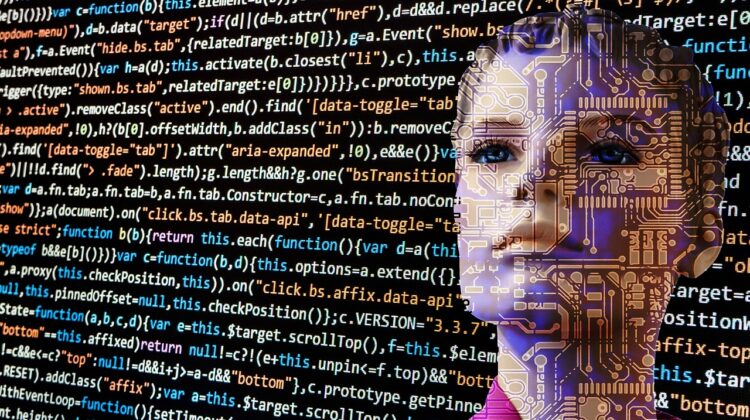In the ever-evolving landscape of technology, each era brings forth a buzzword or a revolutionary advancement that dominates discussions and imaginations. Recently, that spotlight has firmly fixed itself on Artificial Intelligence (AI). AI’s emergence isn’t merely a topic of fleeting interest or a passing phase in the technological timeline. Instead, it represents a profound transformation, signaling a new era where our traditional understanding of tech capabilities is being challenged and expanded. Beyond its capabilities in predicting trends, AI is now at the forefront of generating creative content, bridging the gap between imagination and reality. As a result, many tasks and processes once thought to be exclusive to human intelligence are now within AI’s reach. The tech world, as we know it, is undergoing a seismic shift, with AI leading the charge, turning what was once considered science fiction into our everyday reality.

Understanding the AI Paradigm
At its core, AI is about crafting sophisticated algorithms and models that are designed to think, learn, and make decisions in a manner reminiscent of human cognition. Yet, to understand AI, one cannot merely focus on the lines of code. It’s an intricate symphony of data science, neural networks, and machine learning, harmoniously intertwined, with each component playing a crucial role in its capacity to emulate human thought processes. The adaptability of AI is truly remarkable; as these systems interact with data and accumulate experience, they evolve. This evolutionary process allows AI systems to refine their algorithms and approaches, thereby improving their performance. Consequently, as time progresses and they process more data, these systems become more accurate, efficient, and indispensable in various applications.
The Prowess of Generative AI
Within the vast world of AI, generative algorithms stand out, particularly for their role in content creation. Generative AI statistics showcase an astonishing trend: these algorithms can produce entirely new content based on the patterns they’ve learned from existing data. Be it artwork, music, or even written content, generative AI can create it. While this doesn’t mean humans will be replaced in these creative endeavors, it does indicate that AI can serve as a potent tool to assist and augment our creative processes.
Transformative Applications in Tech
- Virtual Assistants and Chatbots: Gone are the days when Siri or Alexa would just set an alarm or play a song for you. Modern AI-driven virtual assistants are evolving to understand context, emotion, and even predict user needs. Their responsiveness and accuracy are reaching uncanny levels, making human-AI interaction smoother than ever.
- Smart Home Systems: AI’s intelligence isn’t limited to our phones or computers. Our homes are becoming more intelligent, too. AI-driven home systems can learn residents’ routines, preferences, and habits, optimizing energy usage, security, and even entertainment preferences based on this data.
- Gaming Evolution: Video games are taking a quantum leap with AI. From generating realistic characters to creating vast, intricate worlds based on generative AI patterns, the gaming experience is becoming more immersive and adaptive to players’ behaviors and decisions.
The Ethical Crossroads
Of course, with such mind-boggling capabilities come ethical considerations. As AI systems become more integrated into our daily tech interactions, there’s a growing concern about data privacy, decision transparency, and the potential misuse of generative AI. While the tech industry is making strides in ensuring AI ethics, it’s a continuous journey that requires vigilance from developers, policymakers, and users alike.
The Road Ahead: An AI-Driven Future
If current trends are anything to go by, AI will be an integral part of our technological future. We’re not just talking about smarter gadgets or more realistic video games; we’re envisioning a world where AI-driven tech solutions tackle some of the most pressing challenges facing humanity. From healthcare and environmental conservation to urban planning and education, the possibilities seem endless.
In conclusion, the relationship between AI and technology is symbiotic. As technology provides a platform for AI to evolve, AI, in turn, pushes the boundaries of what technology can achieve. It’s a dance of innovation and possibility, leading us into a future where the word “impossible” might just be relegated to the history books.


Leave a Reply